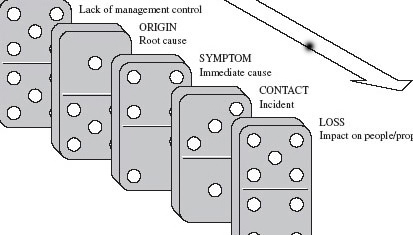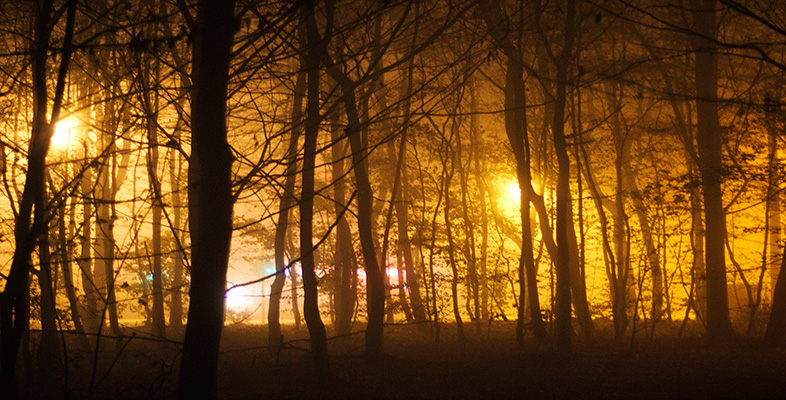3 Analysing incidents
3.1 Types of incident
Now we can progress to an examination of some incidents by studying selected reports and publications.
Returning to the word ‘accident’, we can cite another definition:
An accident is an undesired event which results in physical harm and/or property damage. It usually results from a contact with a source of energy above the threshold limit of the body or structure.
(Kuhlman, 1977, p. 5)
The undesired event is again emphasised, since few of us want to suffer personal injury or damage to our property. However, businesses are built on taking chances on economic and engineering issues, while success comes from management taking chances. The challenge is balancing the chances of benefits against the chances of injury or damage. This definition also includes the critical element of contact with a source of energy above a threshold limit.
Activity 5
Before continuing, write down a list of types of incident involving contact with a source of energy above a threshold limit.
Your list could include some of the more obvious energy sources such as:
contact with electricity;
contact with heat energy (or, conversely, cold);
contact with radiation;
contact with noise;
but to these you could add:
contact with chemical energy (e.g. corrosive or toxic substances).
Then there are many physical effects involving energy transfers, such as:
falling to a lower level;
falling at the same level;
being struck by an object;
striking an object;
being caught in something;
being caught between something.
You may be able to add more, or you may have given specific examples within these general descriptions. Whatever your list, you could probably take the line of thought further and prepare a second list of basic causes of such incidents.
Activity 6
Prepare a list of causes of contact with a source of energy above a threshold limit.
Once again your list is likely to differ in detail from ours, but broadly we can consider causes as being due to unsafe conditions or unsafe practice. Our lists separated into these two categories are shown in Table 2.
| Unsafe condition | Unsafe practice |
|---|---|
| Defective equipment, materials etc. | Using defective equipment |
| Poor housekeeping/maintenance | Operation without permission |
| Inadequate protective equipment/guards etc. | Rendering protective devices inoperative/not taking precautions needed |
| Incorrect loading/location | Operation at wrong speed |
| Lack of warning information | Failure to give warning |
| Inadequate illumination/ventilation/workspace | Fooling around |
While these conditions or actions may cause an incident, they are not the root cause of it. For this we often have to look at failure of management controls relating to human factors or to job factors. So, there may be a lack of knowledge or skills among the people involved, or there may be inadequate work standards, design, maintenance and so on.
The sequence has been likened to a domino effect (Figure 5). With these factors having a ‘knock-on’ effect, it is clear that any management system has to address possible failures at any level.

Before contact, the aim is to prevent the causes and to detect and correct them before they can lead to incidents. So here we are concerned with engineering practice in design, purchasing practice for materials and equipment, and work standards. While any individual may not be involved directly in these activities, it is important that communication systems allow the flow of information likely to relate to incidents.
Activity 7
Notice that we have used the word ‘incidents’ rather than ‘accidents’ in the preceding text and activities.
Consider why we have done so.
At the contact stage the incident occurs that may or may not result in loss. This will depend on the level of energy transfer according to our previous descriptive approach. Many incidents do not result in loss. These incidents, sometimes called ‘near misses’, are equally important in the management process. By identifying the cause of such incidents, corrective measures may be put in place before loss does occur. Communication systems must allow the reporting of such no-loss incidents.
